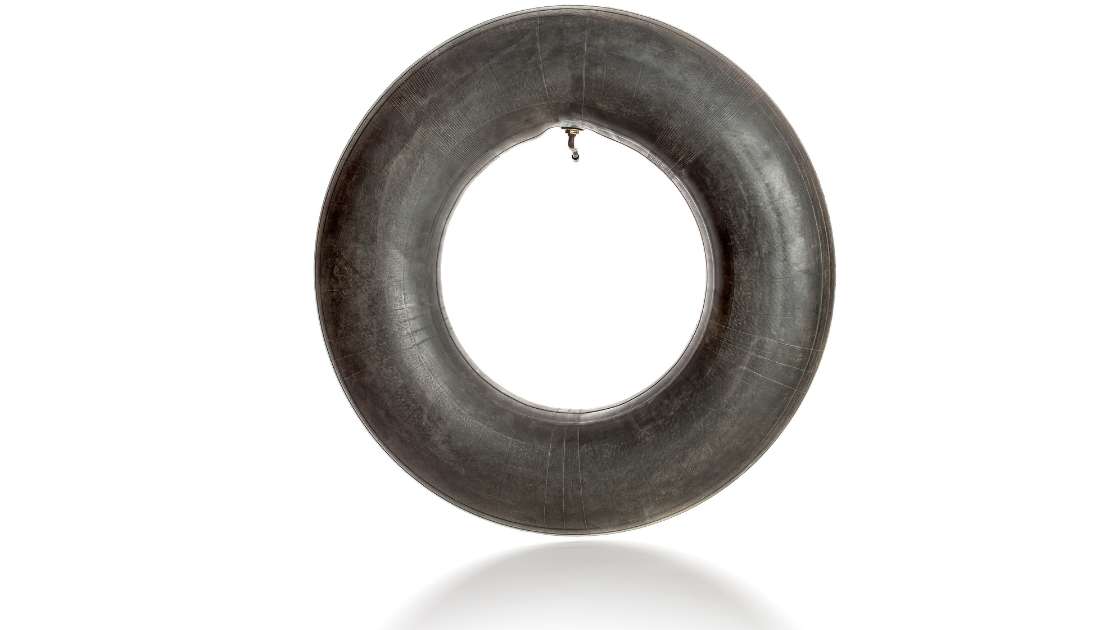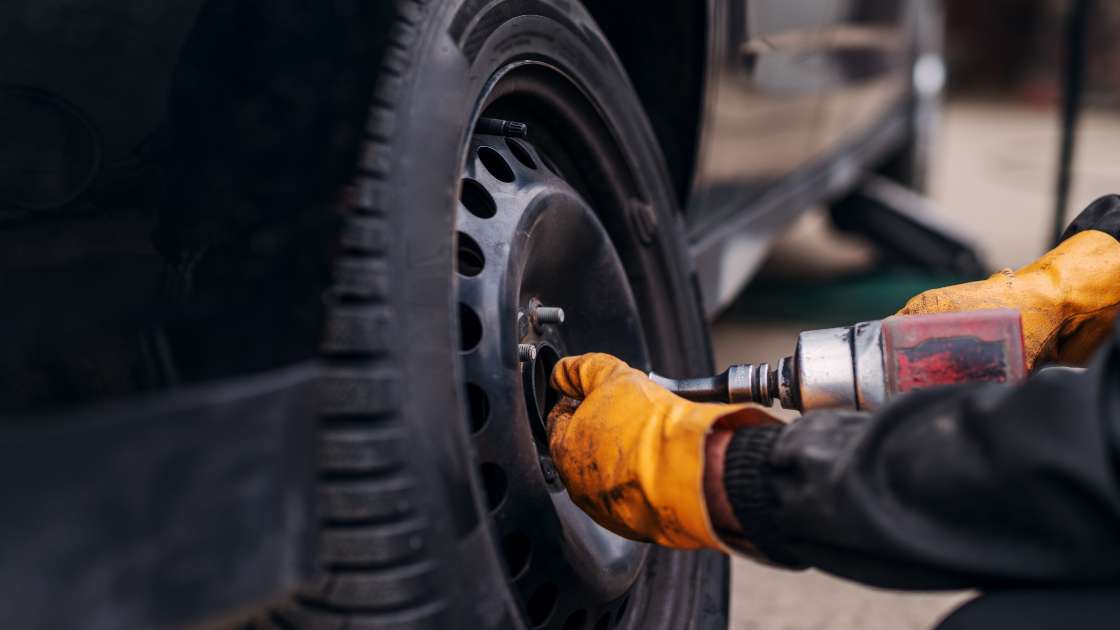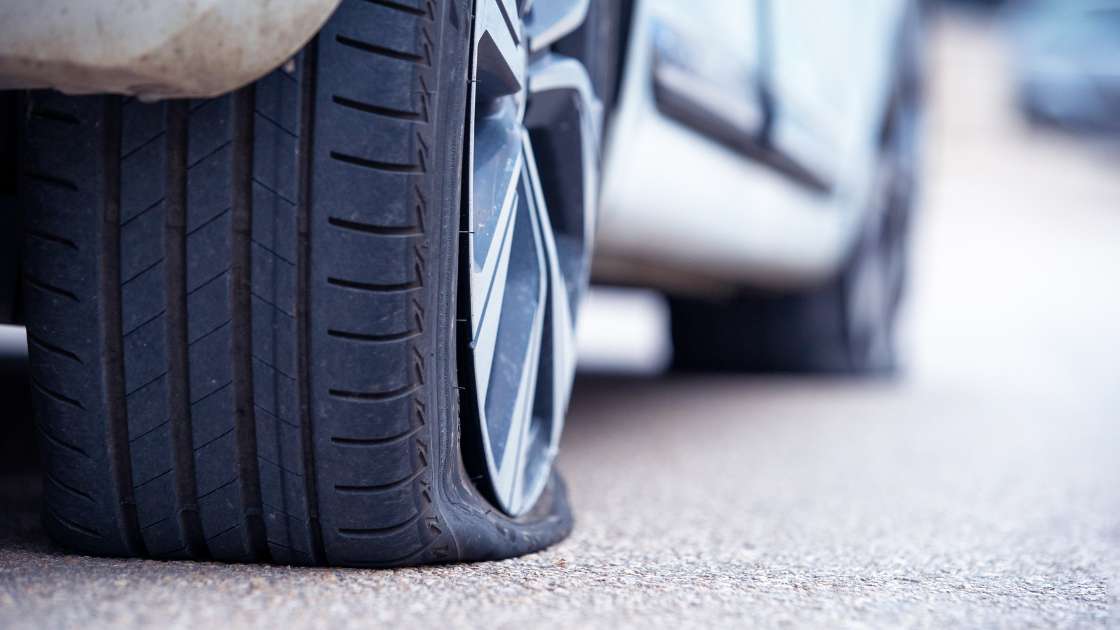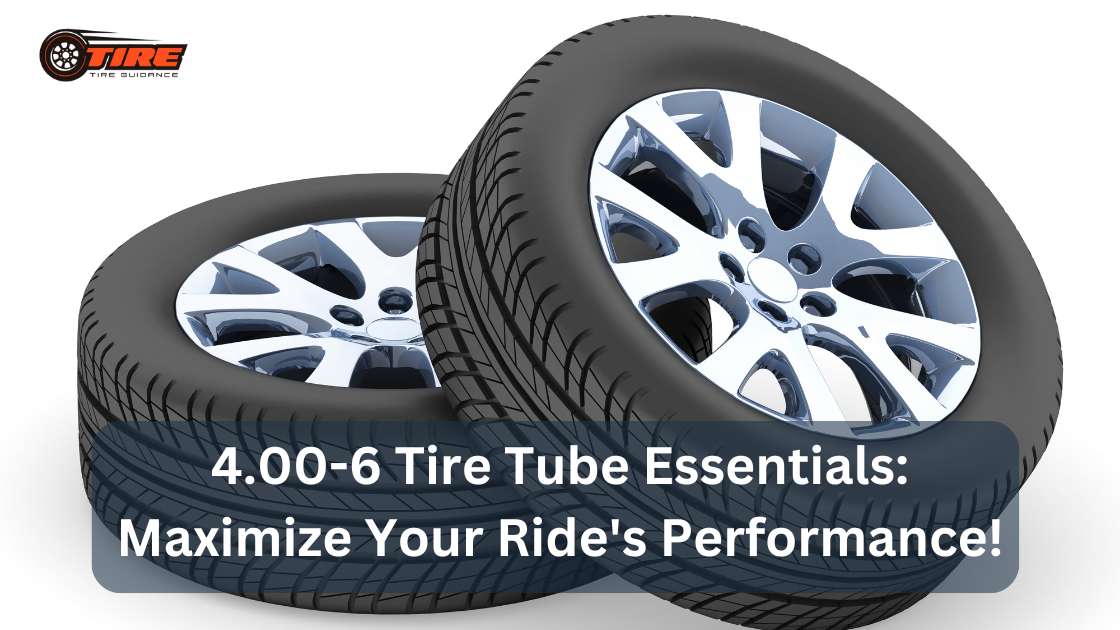Welcome to your detailed guide about 4.00-6 tire tubes! These handy little items keep small wheels moving.
Are you wondering what a 4.00-6 tire tube is?
Let me explain it to you in an easy way!
Sure, here’s a revised version with the keyword “Tire Tube Essentials” emphasized:
The 4.00-6 number is just a size, like shoes for your feet! These tubes fit inside tires that touch the ground and roll. Tire Tube Essentials are very important, just like air in balloons.

Without a tube, the tire can’t hold air and stay puffed up!
Now, let’s dive in and learn lots more!
Sure, here’s a revised version with the keyword “Tire Tube Essentials” emphasized:
“The 4.00-6 number is just a size, like shoes for your feet!
These tubes fit inside tires that touch the ground and roll.
Tire Tube Essentials are very important, just like air in balloons.
Without a tube, the tire can’t hold air and stay puffed up!
Now, let’s dive in and learn lots more!”
Let me know if you need any further adjustments!
Table Of Contents
What is a 4.00-6 Tire Tube?

A 4.00-6 tire tube is like a round, rubber balloon. It fits snugly inside tires of small vehicles or carts. The ‘4.00’ part is the tube’s width in inches. Simple, right? The ‘6’ means the tire fits on a 6-inch wheel. Easy to remember!
You can use 4.00-6 tire tubes in a variety of applications, typically involving small vehicles and equipment. Here are some common uses:
- Wheelbarrows: 4.00-6 tire tubes are commonly used in wheelbarrows, helping to carry heavy loads smoothly.
- Garden Carts: These tire tubes are suitable for garden carts, providing stability and ease of movement in gardening tasks.
- Hand Trucks: Hand trucks or dollies often use 4.00-6 tire tubes to transport heavy items efficiently.
- Lawn Mowers: Some lawn mowers, especially smaller or older models, use 4.00-6 tire tubes.
- Utility Carts: Utility carts used in various settings, such as farms, gardens, and warehouses, can also use these tire tubes.
- Generators and Pressure Washers: Portable generators and pressure washers with wheels may use 4.00-6 tire tubes for easy transportation.
- Kids’ Ride-On Toys: Some children’s ride-on toys and go-karts are designed to use 4.00-6 tire tubes.
These tire tubes are versatile and essential for maintaining the functionality of various small vehicles and equipment.
Choosing the Right 4.00-6 Tire Tube
Buying a 4.00-6 tire tube is important. Make sure it says 4.00-6 on the box. That’s the perfect fit! Check that it’s made of rubber. Rubber is strong and stretchy. Some tubes have a bent valve, like an elbow. It helps pump air in! Others have a straight valve, like a straw. Choose what you like!
How to Install Your 4.00-6 Tire Tube

- Make sure your tire is off the wheel. It’s safer that way!
- Find the hole where the valve goes. That’s your starting point.
- Put the valve through the hole, carefully and gently.
- Push the tube into the tire, all around the wheel.
- Fill it with air, but not too much! Just enough to shape it.
- Put the tire back on the wheel. You might need help for this.
- Fill the tire with more air, until it’s full and firm.
Caring for Your 4.00-6 Tire Tube
Just like pets, tire tubes need care too! Check them from time to time, to make sure they’re okay. Make sure they have enough air, not too much or too little. If you see cracks or hear hissing, it’s time for a new one.
Troubleshooting Common Issues
| Problem | Solution |
|---|---|
| Tube won’t fit | Check if it’s a 4.00-6 size. If not, get the right one. |
| Air leaks out | Look for holes. Patch them up or replace the tube. |
| Tube keeps bursting | Don’t fill it too much. Use a gauge to check the air. |
Frequently Asked Questions Of 4.00-6 Tire Tube Essentials: Maximize Your Ride’s Performance!
What Does 4.00-6 Tire Tube Mean?
4. 00-6 refers to the size of the tire tube, suitable for a wheel with a 4-inch width and a 6-inch rim diameter.
Can I Interchange 4.00-6 Tubes And Tires?
Not all 4. 00-6 tires and tubes are interchangeable; compatibility depends on the specific tire and tube design.
Where Is A 4.00-6 Tire Tube Used?
A 4.00-6 tire tube finds utility in a range of applications, particularly in small vehicles and equipment. Here’s where you might commonly find them:
- Wheelbarrows: Essential for moving heavy loads in construction, gardening, or landscaping.
- Hand Trucks: Often used in warehouses, delivery services, or moving companies for transporting goods.
- Garden Carts: Ideal for hauling tools, soil, or plants in garden maintenance or landscaping.
- Lawn Mowers: Found in smaller or older models of lawn mowers for efficient grass cutting.
- Utility Carts: Used in various settings such as farms, nurseries, or industrial facilities for transporting supplies.
- Pressure Washers: Some portable pressure washers equipped with wheels use 4.00-6 tire tubes for mobility.
- Generators: Certain portable generators feature wheels and rely on 4.00-6 tire tubes for easy maneuverability.
- Children’s Ride-On Toys: Some pedal cars, wagons, or toy tractors are designed with 4.00-6 tire tubes for playtime fun.
These tire tubes are versatile and crucial for maintaining mobility and functionality in a wide range of small vehicles and equipment.
How To Install A 4.00-6 Tire Tube?
Installing a 4.00-6 tire tube requires some basic tools and careful steps to ensure proper installation. Here’s a general guide on how to do it:
Tools and Materials Needed:
- New 4.00-6 tire tube
- Tire irons or pry bars
- Bicycle pump or air compressor
- Bucket of soapy water
- Valve stem tool (optional)
Installation Steps:
- Prepare the Tire and Rim:
- Remove the wheel from the vehicle or equipment.
- Deflate the tire completely by pressing down on the valve stem until all air is released.
- Use tire irons or pry bars to remove one side of the tire from the rim, exposing the inner tube.
- Inspect the Tire and Rim:
- Check the tire and rim for any damage, such as cuts, punctures, or rust.
- Clean the rim surface and inspect it for any sharp objects that could puncture the new tube.
- Install the New Tube:
- Partially inflate the new 4.00-6 tire tube just enough to give it shape.
- Insert the valve stem of the tube into the valve hole on the rim.
- Carefully tuck the tube inside the tire, making sure it sits evenly without twisting.
- Mount the Tire onto the Rim:
- Starting opposite the valve stem, work the tire bead over the rim using tire irons or pry bars.
- Work your way around the rim, gradually pushing the tire bead onto the rim.
- Be careful not to pinch or damage the new tube with the tire irons.
- Inflate the Tire:
- Once the tire is mounted on the rim, inflate it gradually using a bicycle pump or air compressor.
- Check the tire’s sidewall for the recommended pressure range and inflate the tire accordingly.
- Use a bucket of soapy water to check for any leaks around the valve stem and tire bead.
- Reinstall the Wheel:
- After ensuring the tire is properly inflated and seated on the rim, reinstall the wheel onto the vehicle or equipment.
- Tighten any bolts or axle nuts securely to ensure the wheel is properly attached.
- Final Inspection:
- Double-check the tire and tube for proper installation, ensuring there are no twists or bulges.
- Test the wheel by rolling it and checking for any unusual vibrations or noises.
By following these steps carefully, you can successfully install a new 4.00-6 tire tube and ensure reliable performance for your vehicle or equipment.
Are 4.00-6 Tire Tubes Easily Punctured?

Like all tire tubes, 4. 00-6 tubes can be punctured, but puncture resistance varies with material and quality.
4.00-6 tire tubes, like any other tire tubes, can be susceptible to punctures under certain conditions. However, their vulnerability to punctures depends on various factors:
- Terrain: Rough or uneven terrain with sharp objects like rocks, nails, or glass increases the risk of punctures.
- Tire Condition: Worn-out or damaged tires may provide less protection to the tube, making it more prone to punctures.
- Inflation Pressure: Over-inflated or under-inflated tires can increase the likelihood of punctures. Proper inflation according to manufacturer recommendations is crucial.
- Load: Exceeding the recommended load capacity of the tire can put additional stress on the tube and increase the risk of punctures.
- Quality of Tube: The quality of the tire tube itself plays a significant role. Higher-quality tubes with thicker rubber are generally more resistant to punctures.
Taking precautions such as regularly inspecting tires for wear and damage, avoiding rough terrain whenever possible, maintaining proper inflation pressure, and using high-quality tire tubes can help reduce the likelihood of punctures. Additionally, using tire sealants or liners can provide added protection against punctures by sealing small leaks as they occur.
How To Repair A 4.00-6 Tire Tube?
Repair a 4. 00-6 tire tube by locating the puncture, cleaning the area, applying a patch kit, and then reinflating to the proper pressure.
Conclusion
Make sure it fits, care for it, and fix it up when needed. With your new knowledge, you’re ready to roll smoothly! Fancy another guide? Stay tuned for more helpful tips!





